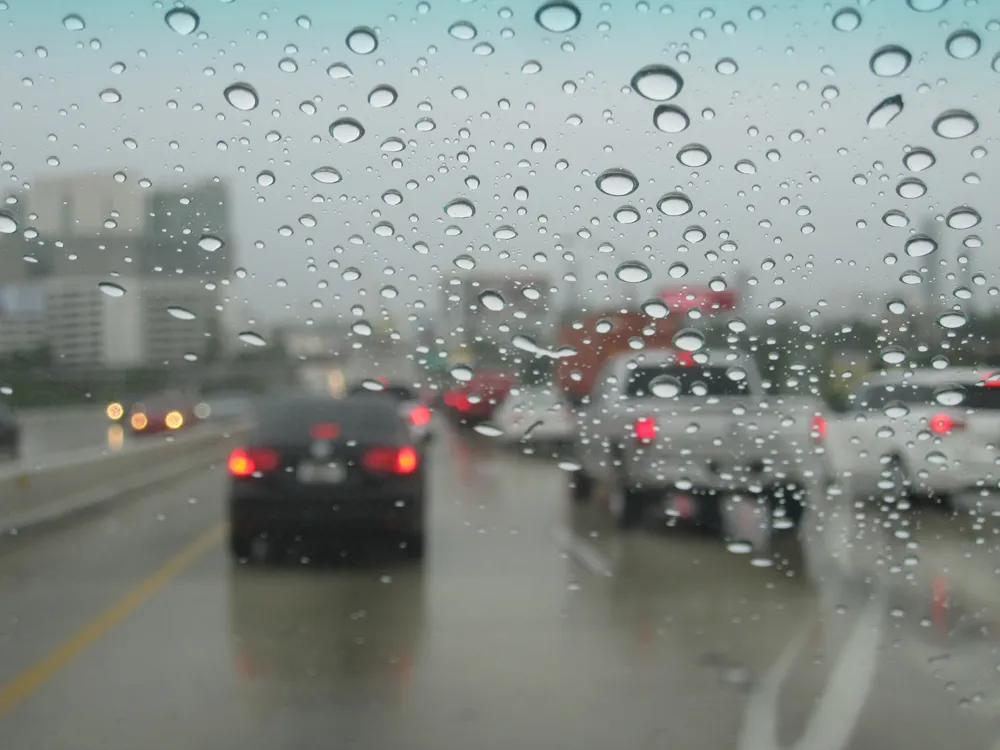The WS10 sensor comes with an integrated compass which enables a direction-independent installation to help it suitable for building management systems, the company adds.
WS10 measures temperature, relative humidity, air pressure, wind speed and wind direction, precipitation intensity and rainfall, UV index, the position of the sun, brightness and twilight and global radiation.
According to Lufft, the integrated rain sensor can record precipitation with an accuracy of 1% and can differentiate between rain, snow, sleet, ice storm and hail.
Lufft’s sensor also features a Wi-Fi interface to help users integrate into a network or control system more easily.
Lufft’s all-in-one weather sensor
Lufft says its new all-in-one weather sensor has a temperature accuracy of 1% and can be used to monitor smart city and smart home applications. The device is expected to cover ten measurement parameters simultaneously. The WS10 sensor comes with an integrated compass which enables a direction-independent installation to help it suitable for building management systems, the company adds.
WS10 measures temperature, relative humidity, air pressure, wind speed and wind direction, precipitation intensity and
October 15, 2018
Read time: 1 min









